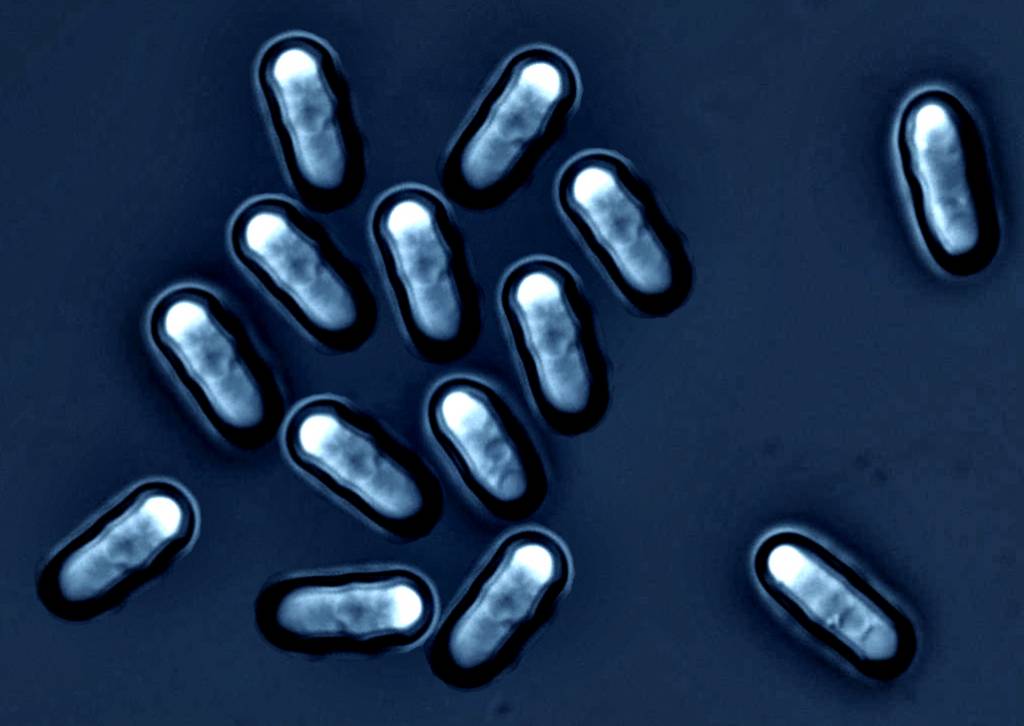
To maintain homeostasis, cells need to measure the concentration of molecules such as nutrients, reactants, and products. Eukaryotic cells, whether single-cell fungi or part of a complex human organ, require environmental oxygen for essential reactions. Consequently, cells possess mechanisms to sense and adapt to changes in oxygen supply. The hypoxia-inducible factor (HIF) is a key regulator of these adaptive responses in metazoans. Our discovery that the Sterol Regulatory Element Binding Protein (SREBP) is an oxygen-responsive transcription factor in fungi established a new paradigm for hypoxic adaptation and revealed new mechanisms for oxygen sensing.
SREBP transcription factors function as central regulators of lipid homeostasis in mammalian cells by controlling cholesterol and fatty acid synthesis. Our studies in the fission yeast Schizosaccharomyces pombe demonstrated that yeast SREBP, named Sre1, is an oxygen-regulated transcription factor that mediates adaptation of cells to low oxygen. We extended our findings to the human fungal pathogen Cryptococcus neoformans, showing that oxygen regulation of Sre1 is conserved in this opportunistic pathogen and that the SREBP pathway is required for virulence.
Novel oxygen-sensing mechanisms control Sre1 activity. We discovered that a central regulator of Sre1 activity is an oxygen-sensing prolyl hydroxylase Ofd1 (OGFOD1 in mammals), and that Sre1 is proteolytically activated by a unique mechanism requiring the Golgi-localized Dsc E3 ligase. This multi-subunit membrane E3 ligase resembles those involved in ER-associated degradation and represents the first candidate machinery for Golgi protein quality control.
Unified around the central themes of oxygen sensing and regulation of homeostasis, our ongoing and planned research goals are:
1. To identify mechanism(s) for oxygen regulation of SREBP
2. To determine the functions of Ofd1/OGFOD1 in yeast and mammals
3. To identify mechanisms for Golgi protein quality control

